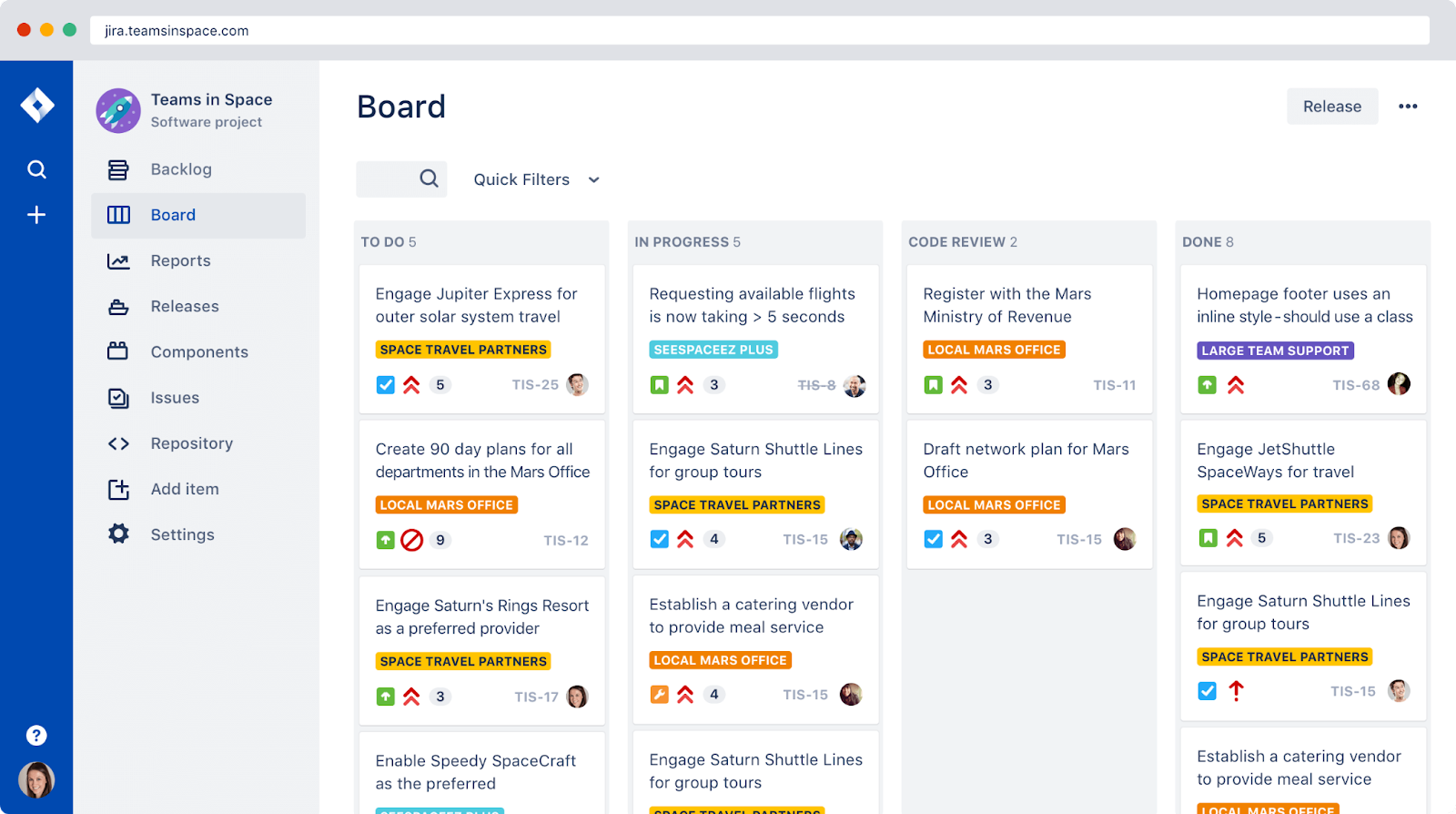Tools to Track and Manage Technical Debt
It's hard to make the right decision. We will look at the tools to track small, medium, and large pieces of debt and the process to reduce technical debt.
Join the DZone community and get the full member experience.
Join For FreeBusinesses of all sizes struggle with managing tech debt, from start-ups to enterprises. Using the right tools and processes to manage technical debt is crucial for engineering teams to maintain productivity and velocity.
Tech debt is an inevitable part of the software development process. Despite this, only 7% of engineers use tools and documentation to track technical debt. Moreover, only 3.5% reported that all engineers on their team take part in tracking tech debt.
Teams that have a good strategy to manage technical debt can save millions in revenue, ship projects 50% faster, and drastically improve engineer retention. Unfortunately, the inverse is also true.
In this article, I’ll:
- Explain why tracking technical debt is so important.
- Review three types of tools for tech debt management.
- Look at strategies to manage tech debt.
Types of Tools for Addressing Technical Debt
Tools such as Stepsize, Sonarqube, and Klockwork are used to manage technical debt. These tools approach tech debt by analyzing the source code to identify hotspots or helping software developers track issues in the code editor.
There are three main types of tools for managing tech debt. Some will be better suited to your business and use case than others. Let’s look at them in turn.
Project Management Tools
Your organization probably already has a project management tool such as Jira.
Jira is designed for cross-team and cross-functional collaboration. For example, it enables project managers or product owners to manage issues logged by developers efficiently. It’s meant to provide an environment for Agile development.

However, it has one significant drawback. Engineers find it difficult to use. They have to switch contexts frequently, and the tickets created in Jira are separate from the code they refer to.
This can lead to accumulating tech debt and makes it hard to know what issues already exist when looking at a codebase.
No stress, though – there are extensions available to maximize the potential of Jira. I’ll talk about that soon!
Static Analysis Tools
Static analysis tools scan source code in search of existing technical debt. These tools use quantitative data to help developers identify hotspots in the codebase likely to have technical debt.
One of their limitations is that they won't help you identify medium to large pieces of debt that span multiple parts of your codebase. They also won't provide the context necessary to truly understand each piece of debt and how to prioritize and tackle it.
Examples of static analysis tools include Sonarqube and Klockwork.
Technical Debt Tools
Tech debt management is a new category of tools specifically designed to fill the gaps left unaddressed by the other tools above.
These tools are designed to continuously track high-quality issues that are linked to code. They make tech debt:
- Easy to track
- Easy to spot
- Easy to fix
The infrastructure for managing tech debt needs to be set up to encourage engineers to view, log, and resolve tech debt effortlessly. This drives behavioral change around tracking and fixing bugs and issues. When this isn’t the case, fewer issues get logged, issues are low-quality, and prioritization becomes a challenge. This isn’t a sustainable way to build high-quality software in the long term, and the adverse effects touch every corner of the business, from code quality to time to market.
You can bring all the features of Jira right into your code editor with tools designed to help development teams improve quality, efficiency, and predictability.
You can:
- Create, view, and resolve issues directly from the IDE
- Prioritize issues and tech debt
- Plan sprints with the Jira integration
- Visualise tech debt in your codebase
When engineers create issues with these tools, the issues are innately linked to the code, making them both visible and actionable. This makes it easier to keep track of and manage tech debt, ensuring that code is more robust and secure. Plus, with the Jira integration, you can plan and prioritize tasks for upcoming sprints.
Create issues directly linked to code without leaving your codebase. Install the VSCode extension or the JetBrains extension.
Bonus: Collaborate Better
A lot gets lost in translation (or in the sea of Slack messages) on dev teams. That makes it tough to keep track of what's happening and contributes to the sea of tech debt.
With. my team, I'm building a tool that helps keep software teams on the same page.
It's called CollabGPT.
CollabGPT, your AI partner for projects, introduces robust capabilities to your current workflow systems.
It establishes a lasting "memory" of your tasks, delivering concise recaps and practical advice based on events in Jira, GitHub, and Slack.
In a matter of seconds, CollabGPT can respond to pressing inquiries about your project, ensuring the team stays coordinated and concentrates on efficient decision-making.
Key Takeaways
Technical debt is an inevitable part of the software development process, and when managed poorly, there can be severe consequences. Fortunately, using the right tools and processes to track and manage technical debt allows teams to become more efficient with their resources, time, and money.
☑️ Involve your entire team in high-quality issue tracking.
☑️ Use a 360 tech debt management tool.
☑️ Regularly clear the debt in the way of the features on your product roadmap.
Published at DZone with permission of Alex Omeyer. See the original article here.
Opinions expressed by DZone contributors are their own.

Comments